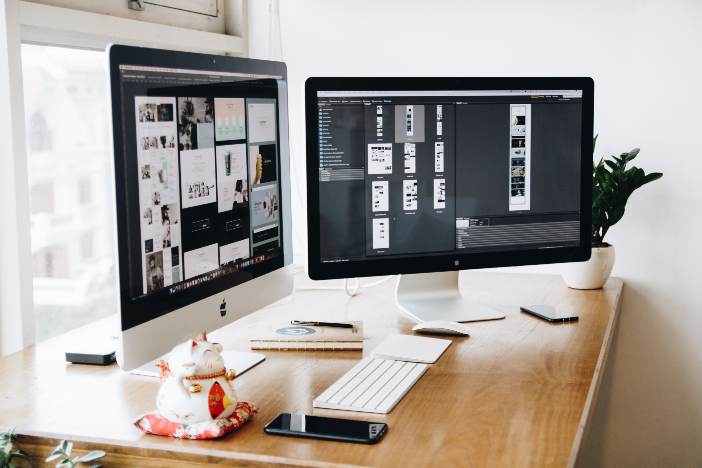It’s not as difficult as you might think to design a website. Anybody can. It looks like a tough job, right? I have good news for you. You need not worry about how to design your own website. Follow the steps in this post to see how you can design a website.
Designing a website is not rocket science. While it does involve a lot of time and editing, the design process itself is pretty simple. Using a few basic guidelines and some time, anybody can have a functional, well-designed website that will help bring business.
This guide is useful for both those who want to design a new website and those who are looking at changing their current website’s design.
What is a website design?
Before we dive into the steps of designing a website, it is important to know what a website design is.
A website design is a unique combination of text, graphics and interactivity that makes your site look attractive and user-friendly. A design can be defined as “an idea or mental picture of something formed by combining separate elements.”
A good web design can help you get more visitors to your website and convert them into a customer. Also, it can help you make more money by converting people into subscribers, members or customers.
1. Outline the aim of your website and choose a strategy

A site’s ultimate aim can be anything, but the globally recognized aims are to inform, entertain and sell. At their most basic level, websites can also be used to communicate directly with customers.
It might be to provide information about you or your brand or to sell a certain product or service. This planning stage goes beyond having in-depth knowledge of your field and having a content strategy.
You need to define your target market, and how you want people to see you. These decisions will have an impact on how you decide to approach your design.
Every website is designed for a purpose so that it can bring the target online audience, which you would like to get. The process of designing a website includes many factors that are still being studied by various web designers.
To design simply means to develop a content-focused or message-oriented site, which is likely to charm the targeted audience and invite them to stay behind and act as per your instruction.
To outline the aim of your website, think about the following;
- Will it be informational or commercial in nature?
- Will it generate revenue or simply be informative?
- What kind of content and navigation will you offer?
All of these questions should be answered before moving on. Make sure to choose a strategy that suits your needs as well.
2. Research the current trends in web design

After you have outlined your aim and what you want to achieve on your website, you need to look at the website design trends that are all around you. The design world moves quickly, and what is considered “old-fashioned” today may be considered “modern new” tomorrow.
Current trends in web design are usually very simple and minimalistic. You must also ensure that your website has an appropriate color scheme and that it is user-friendly.
You should also conduct some research as to which technology would work best for your site and which browsers your website will need to work on.
To get a feel for what works and what doesn’t in web design, you can look at other websites and blogs that are similar to the one you are planning. Even better, you can look at sites that are your complete opposite.
This will give you even more ideas on what you can do with your site. Remember the more you know about your competitors, the better off you will be.
3. Choose a platform
You need to select a development platform once you have your plan laid out. This is not the most exciting step, but for a functional website, it is very crucial.
You will need to select the right platform that you want your website built on. A platform is a place where your content will be hosted.
Having a platform is kind of like choosing the right neighborhood in which to build your house. Different platforms are best for different kinds of websites and blogs, including:
WordPress
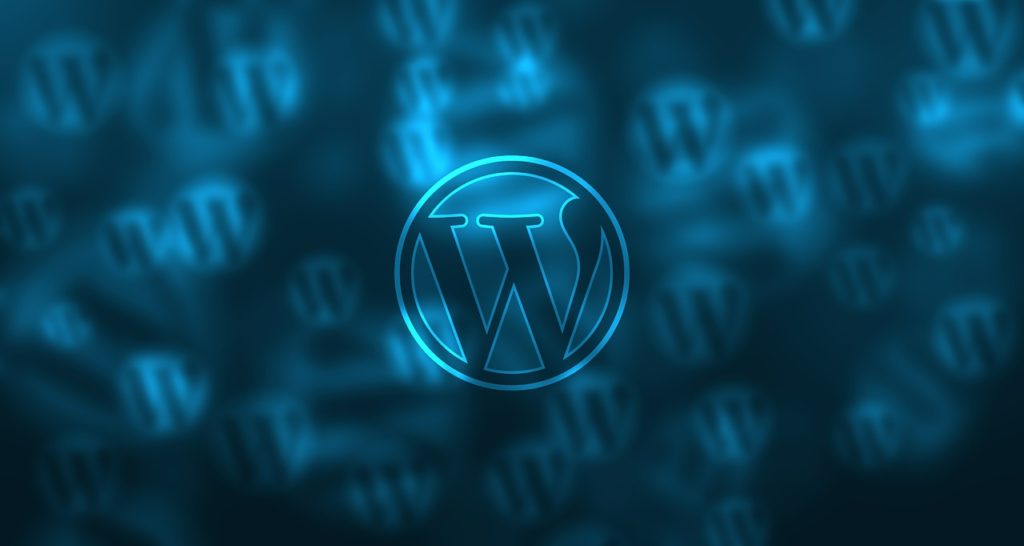
Most designers are familiar with WordPress, but before you go any further with this, it’s important to realize that WordPress is not the only option. It is, however, very straightforward to use and easy for the non-programmers among us.
WordPress is the most popular blogging platform and used by millions of websites worldwide. It’s free to install, free to maintain, and easy to use. It allows you to control how your website functions and what it looks like.
If you don’t want to go through the hassle of installing a different platform or learning how to do it yourself, WordPress is the way to go.
Wix

Wix is usually seen as the best drag-and-drop website builder out. It gives you total control of what you are doing, making it possible for you to write your content and place it where you choose on the website.
Besides, it is an excellent choice for people who want to have a section on their website for selling things. If you sell products on the side, then you can greatly benefit from using Wix. It is easy to add that section to your website where people can buy products.
Squarespace
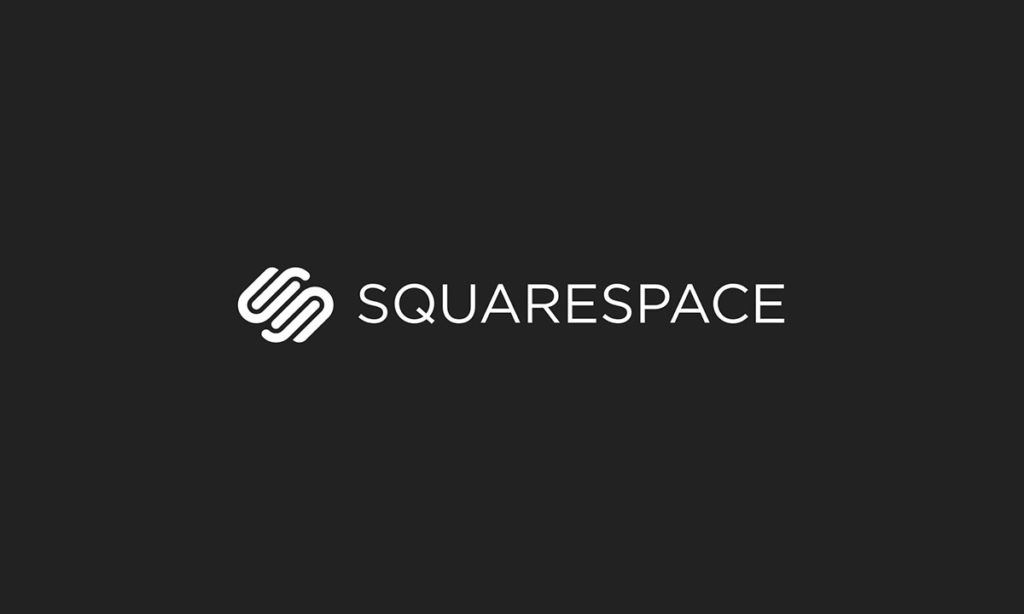
This website builder radiates class and has an excellent feel for high-quality designs. Their main advantage is the fact that they have high quality and advanced templates which are suitable for any industry especially for photographers, artists, and graphic designers.
Weebly

Weebly is a no-code website builder that allows you to build websites easily and intuitively. Unlike other web builders tailored for small businesses, Weebly enables individuals and creatives to take their stories online with professional-looking websites.
Shopify

Shopify is, without a doubt, one of the best platforms for you if you want to own an online store. It has a variety of themes that are designed for different products. It also has a wide range of sales features to help you get your store up and running.
Its strength, however, is in its unique feature of helping you to use different channels and social media to sell your products.
4. Create your site map

Now you need to create the structure of your site.
A site map or outline for any website is very essential in designing a website.
It helps you define elements of your website, evaluate its content, and set a hierarchy of importance among the various sections. It also serves as a base to develop individual pages and navigate between them.
The site map encompasses the complete look of your site. One site could have several sitemaps, because each page may have a slightly different topic or design.
Site maps are created after you’ve determined what information you want to cover and how that information is displayed.
It will include the name of each page on your site, the size and location of each page on the web, whether there’s an image on each page, and the style, color, font size, spacing, and format for your paragraphs.
5. Pick a website template and customize
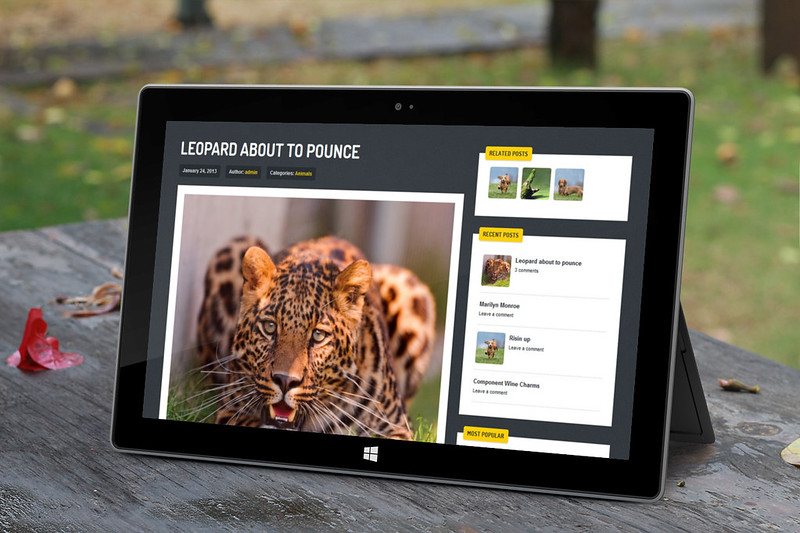
Okay, you have defined your site’s goals and you know the current trends in web design. Also, you have chosen a platform. Now, you should have an idea of the kind of template you want.
A template or a theme is the general layout of your site. The objective of selecting a website template is to make your website design more professional.
It should ideally give your website a professional look and feel which is consistent with the way an agency or designer may have created a website for their clients.
The majority of the platforms have different templates for you to choose from which have content already.
You can preview any template before you start editing. This helps you to see what it looks like and know whether it is exactly what you want.
6. Build your brand

Branding is a very important aspect of your business because it helps you build an image. It also helps you reach your target audience. Think carefully about your branding.
Branding is a marketing buzzword that is used to create and retain a consistent image in the market. The brand identity defines how the product is known in the market, and how it differentiates from others in the competitive landscape.
Design is a lot more than the colors you use and the images you incorporate. Your design should reflect your business and offer a consistent look that keeps people coming back and making repeat purchases.
7. Content creation and optimization
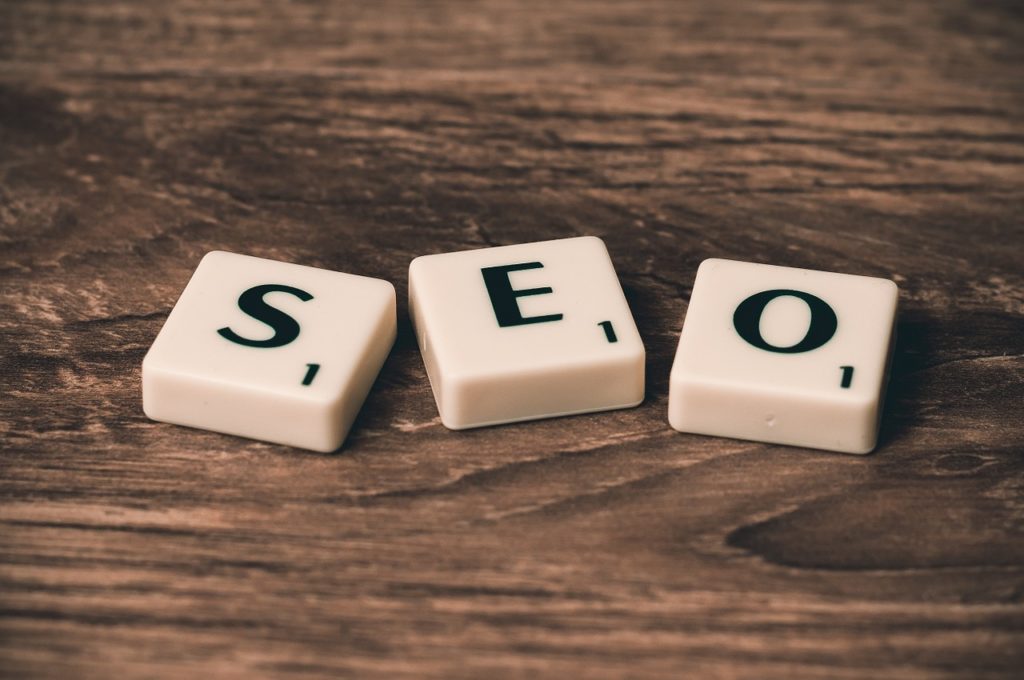
Content creation and optimization are critical factors in the success of a website because it is the substance that will attract visitors.
Optimized content in any form (text, videos, audio, etc.) will ensure that search engines find it, which leads to increasing organic traffic.
Creating content is like a brand creator, which creates trust, authority, and credibility for your business.
On the other hand, optimization is not an easy process as Google’s algorithm is not easy to crack. But if you know how to optimize your content by following proper on-page and off-page SEO rules you can easily get ranked.
In today’s dynamic world, companies need to adopt a diverse range of content marketing strategies to stay relevant.
Content marketing helps companies clarify what needs their audience has and how they can provide solutions. In addition, it is also the process of creating, distributing, and promoting your business’ valuable information.
The key here is to create quality material that will inform your visitors, serve as a lead generator or showcase your expertise.
8. Publish your Website
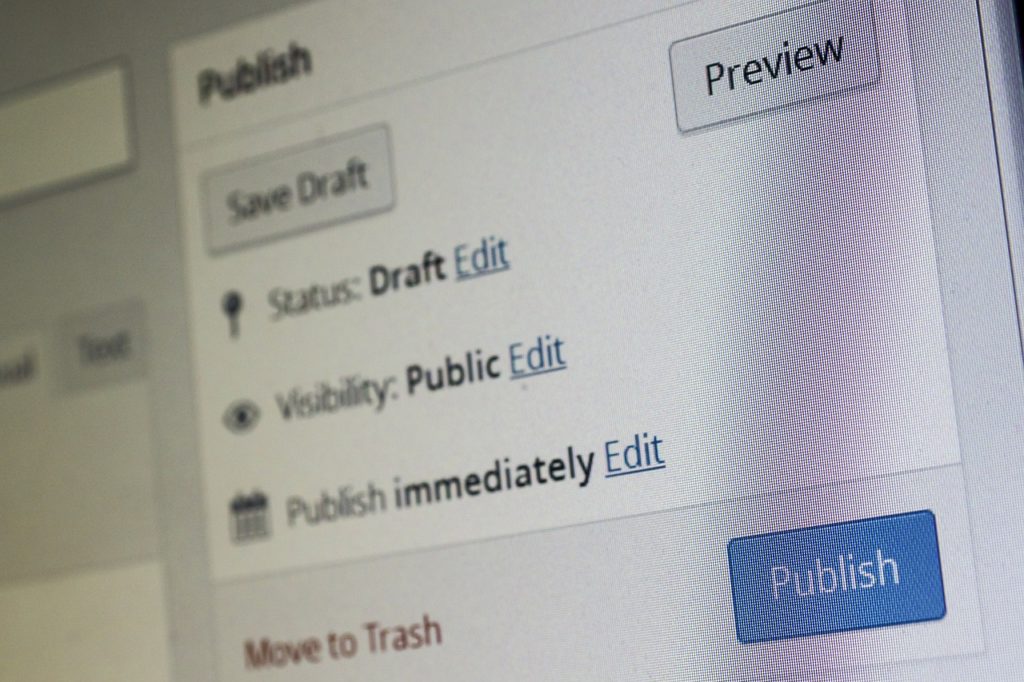
Congratulations! You’ve done everything we have discussed so far. Now, your website is ready, it is time to launch or publish your website.
It’s time to cross-check everything and make sure that they work before going live.
You can ask your friends to help you test the website in preview mode and check for anything that is wrong or missing. If you can get fresh eyes to preview it too, that will be spectacular.
Here are some things you have to check for:
- Do all your links work properly, and they direct users to the right page?
- Are all your content readable and easy to find?
- Make sure you are never more than three clicks away from the homepage.
- Ensure that your site looks great across desktop, mobile, and tablet.
Now you can put your website online and let the world see it!
9. Periodic analysis and improvements
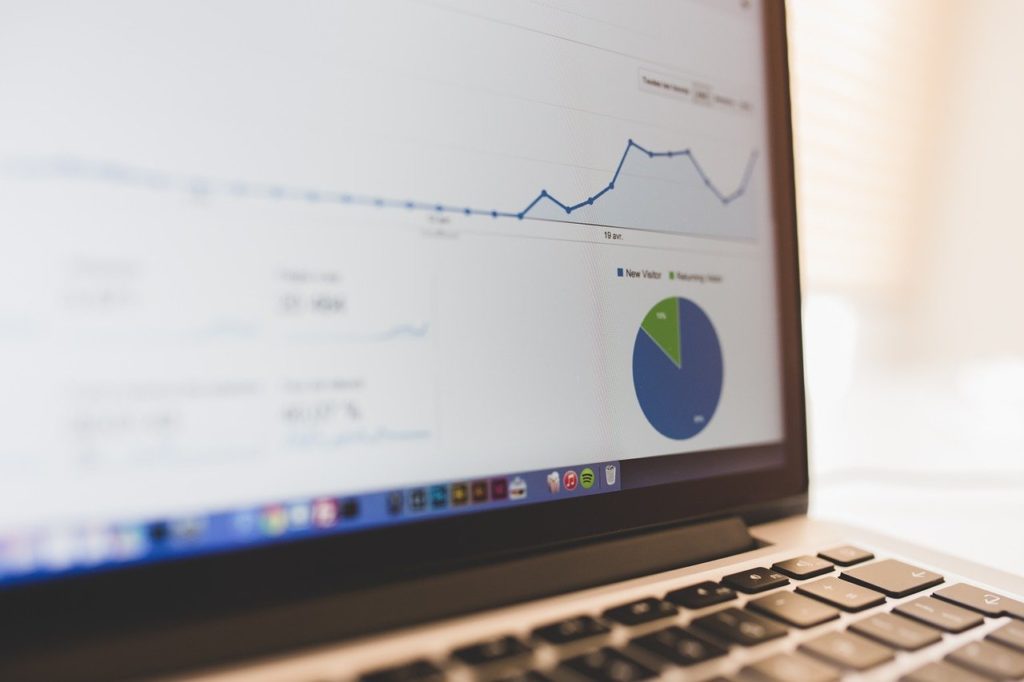
You did it! Let the drums roll; now you’re now an owner of a live website. So should you now rest on your oars? Not really. It’s necessary to check how your site is coming along. You need to always strive to improve your website.
A lot of platforms have ways you can measure and keep track of your analytics, or you can download an app that helps you keep track of your statistics. You can, however, also download Google Analytics so you can measure things like:
- Your page views
- How long people stay on your site
- Your bounce rate
- Your conversion rate (e-commerce)
These “behavioral metrics” will help you find out how best to improve your website and your SEO.
To be frank, the task of web design is never truly over. You have to always be in touch with the latest news and trends unless you want others to overtake you.
This doesn’t mean you should always be making changes every minute, but knowing where your website stands and being in the know about current trends would help you make considerable progress and profit.
3 website design suggestions that work
1. Do not waste the time of users!
The time of Internet users is the most important, so do not waste it! Think about all those people who spent their precious time on your website, and then summarize what you have done for them.
You want the user to get from your website what they need quickly, especially if you sell something. If you can not list at least one action you have provided, then you failed in the most important criterion – saving time!
2. Attempt to improve feature exposure
When planning your interface, think about where to feature your most useful and powerful features. Give them an obvious place right on the front page, with big buttons or clear icons that jump out at the user.
If you have a few features that are similar in function (such as different ways of viewing the same database), place them close together.
This way users will be able to scan your site quickly and easily, finding the functions they need without having to dig too deep into your complex interface.
3. Communicate effectively
Communication is one of the most crucial components of any website. A website, either commercial, creative, or industrial, must communicate effectively in terms of both design and content.
There are several considerations that influence communication, many of which are based on who the communication is targeted at and for what reason.
When communicating effectively, four major factors must be considered: organizing your content into parts, generating visual appeal, setting the right tone of voice, and avoiding common errors.
FAQs
What does it cost to design a website?
Designing a website can be accomplished for as low as $30. The cost of designing a website depends on various factors such as features, functionality, design complexity, and platforms.
Where to find images for your site?
Depending on your preference, you could hire a freelancer or photographer to make a custom image just for your site. If you have good photography experience yourself, there are many websites that let users can share their own images.
These images can be helpful in creating unique sites that appeal to everyday customers. Websites such as Flickr, Pinterest and Moring photos provide an opportunity for you to find the image that inspires you and also the creator who created it.
Which is better: hiring a web developer or doing it myself?
There are three factors you have to look at your level of knowledge, your budget, and your needs. While most people can use website builders to build regular websites, if you want something more complex, you need a professional.
What is responsive web design?
Responsive web design (RWD) is a practice or technique in which the layout of a website responds to the characteristics of the device displaying the web page.
That is, it dynamically adapts screen elements like color and font size to best fit the users’ viewing environment.
Which is the best platform to design a website on?
It’s difficult to say which is the best platform at this stage. To design a website, the best platform is the one you are most comfortable working with. For many, creating a website using WordPress is the right choice.
Yet, it’s important to know that there are other options available. Each design has its good points and each person uses the best one for a different scenario.
Is it hard to design a website?
No. Today, anyone with a good idea can design a website. Designing a website is actually much easier than most people think. You can do it if you have a good piece of software or platform that helps you build your website.
But, you need to understand the various components that make up a website, how they work and how you can mix-and-match them.
Which website builder should I use?
Several years ago, if you asked this question the answer would be easy. You’d pick one of the big-name sites like GoDaddy or 1&1 and just go with it.
Today, there are many website builders to choose from. Which one is best for you will be dictated by your own specific needs. But, most people will build their website using either WordPress or Wix.
Looking for a piece of advice: When redesigning a website, how important is it to keep the design and development under one roof?
We recommend to keep the design and development of a website under one roof. That way you always know who is responsible if something goes wrong with the website.
It’s also easier to work with only one designer and developer, and easier to establish good relationships with each other. If you’re outsourcing both parts, you will have to rely on your developers to check designs and communicate back-and-forth with the designer (this is where things usually go wrong).
So it’s better to stay in touch regularly and know who is responsible for which task in order to get a quality end product in a reasonable time frame.
How long on average does it take to design a website?
On average the design process will take a few days. But it can take much longer. It varies depending on the size and type of your website.
How can I earn money from a website?
Designing and maintaining a website is hard work. But if you are committed to creating and growing quality content, you can earn money from advertising, affiliate sales commissions, donations, and direct sales. Your website is the foundation for all of these business solutions.
The bottom line
Before we begin with designing a website, there are some questions you need to ask yourself first.
- Why do I want a website?
- What am I going to use it for?
- How will I use it?
- What will it do for my business?
These might seem like obvious questions, but honestly asking and answering these will help you determine your actual needs and how the end product should actually look like.
The basic idea is: have your target audience in mind and design a site that will gather their attention. Also, engage them so that they stay on your site for a while.
You can use the tips above to create a good basic design, so get started!
Good luck!
